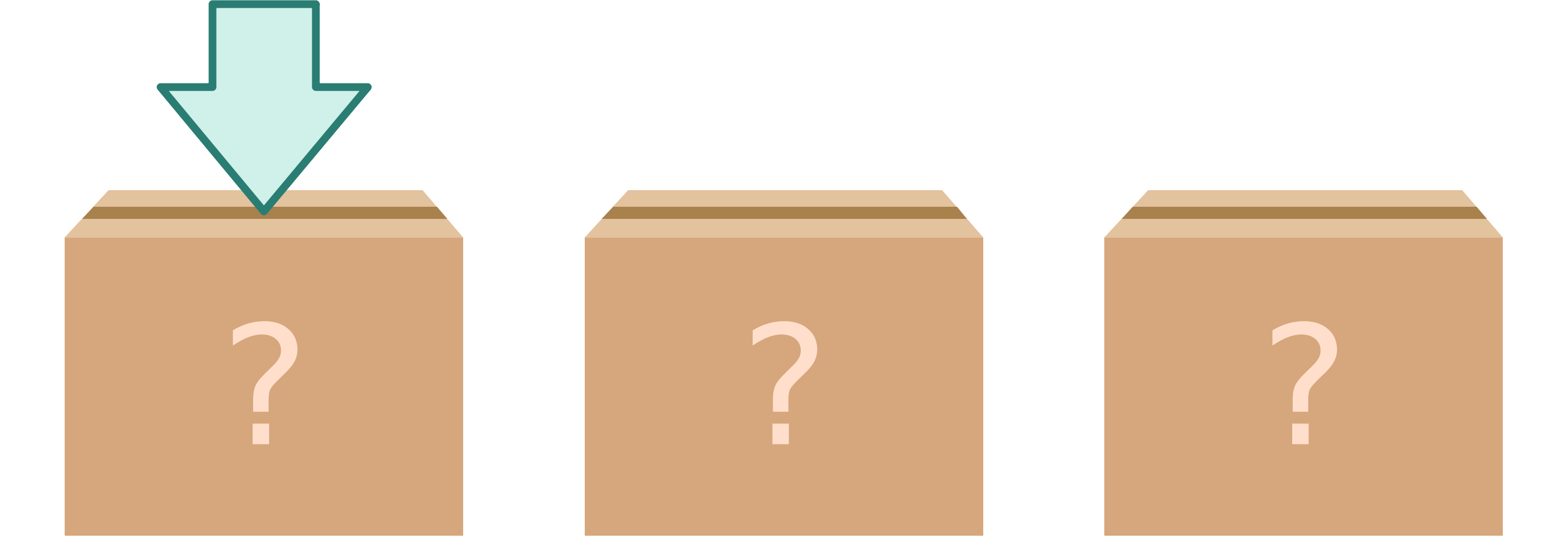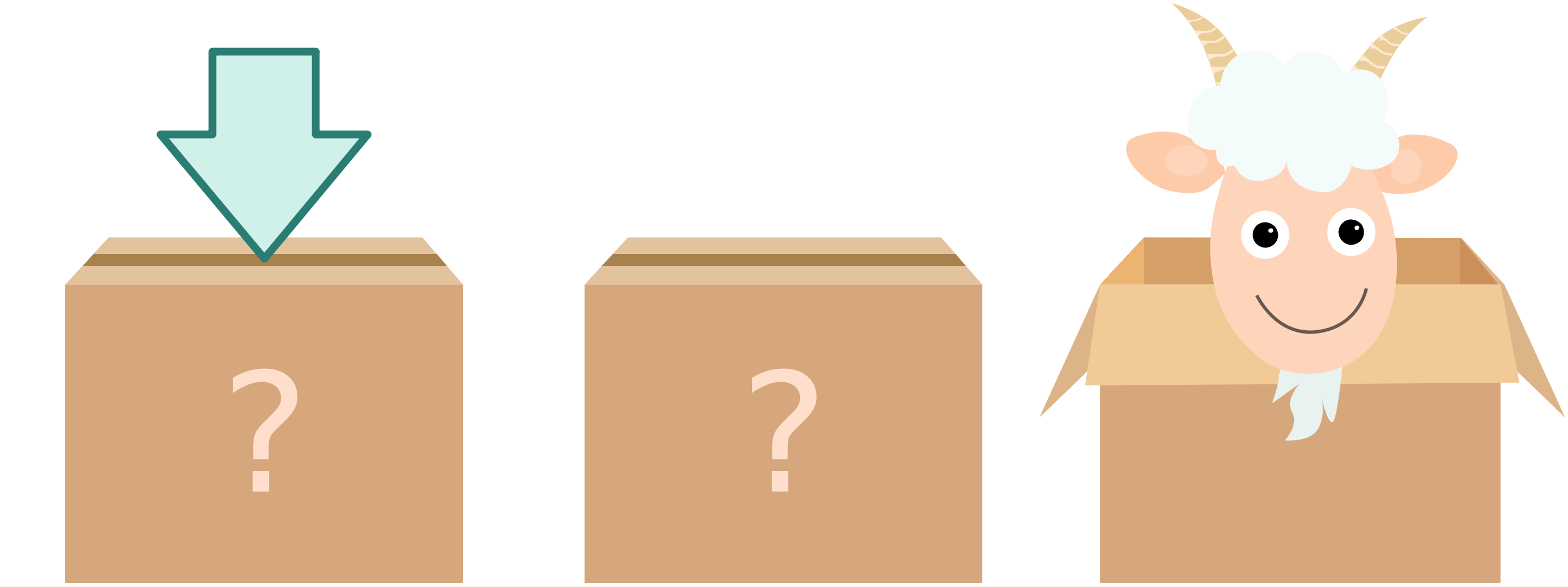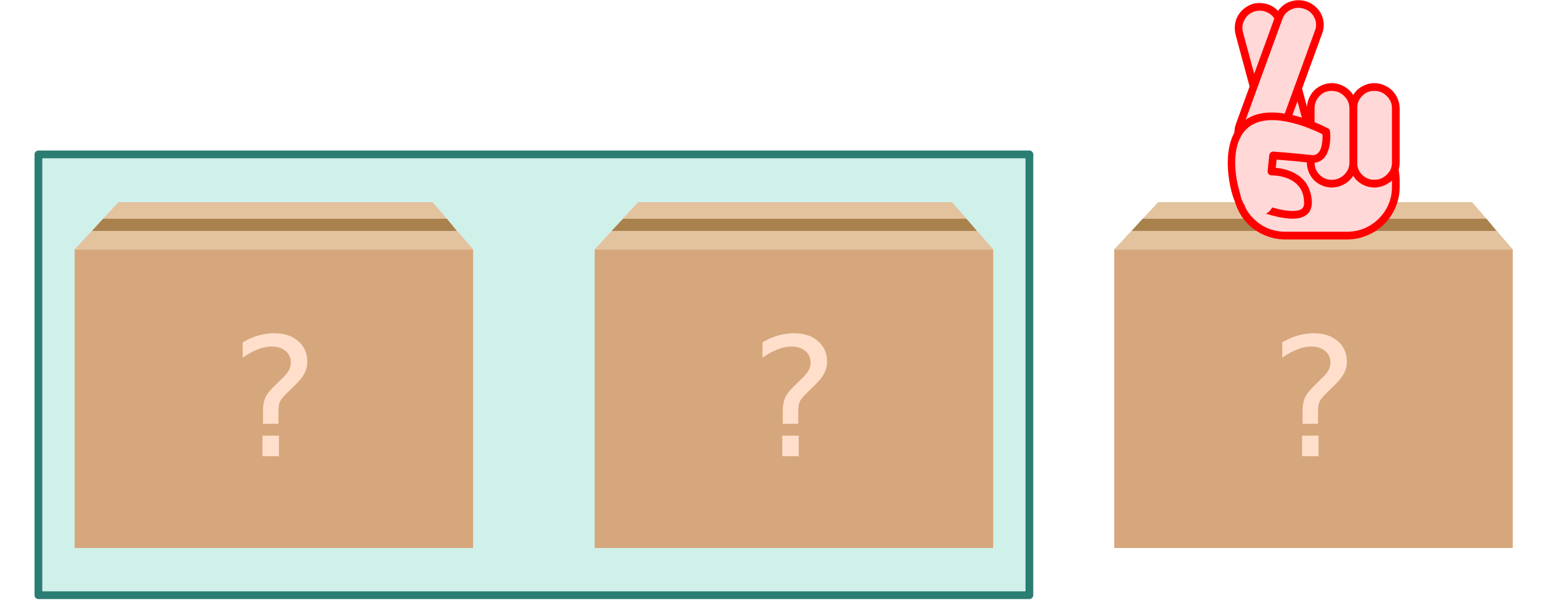Tricking Monty Hall
Yesterday, a friend sent me a screenshot of an Instagram story from mordlustderpodcast asking for an intuitive explanation of the Monty Hall problem (which, as I found out, is called the "Ziegenproblem", or "goat problem", in German). The basic problem is this:

You're in a game show. You have three boxes in front of you. One of them contains a win (let's say the key to an expensive car), and two of them contain nothing (or goats, if you prefer that, although I personally feel that winning a goat would be pretty cool). You pick a box.

The show's host then reveals the contents of one of the two remaining boxes, but, importantly, always a "goat box."

At this point, the host gives you the option of either sticking with the box you picked originally, or switching to the other, unopened box.
Should you switch or stick with your originally selected box?
Intuitively, it seems like it shouldn't matter. There are two boxes, so it's a 50-50 chance of winning either way, right? But in reality, you should switch boxes, since that will increase your chance of winning from 33% to 66%.1
This seems extremely strange to most people, including a lot of mathematicians. However, writing a program running this scenario a bunch of times quickly shows that it is true: it's better to switch.
Thinking about this, I came up with what I feel is a pretty intuitive explanation for why you should switch, and since it's an explanation I haven't seen anywhere else, I thought I'd put it up here, in case it helps anyone.2
Imagine that you could pick two boxes out of the three. Obviously, if you can pick two boxes, then your chance of winning is 2 out of 3, or 66%, right?
Well, you actually can, if you trick the show host. When the host shows you the three boxes, in your mind, without telling the host, pick two of them:

But then, importantly, you lie to the show host, and say that you actually picked the third box, the one you did not pick:

Now what happens? You've just tricked the show host into revealing which one of the two boxes you picked contains a goat!

The host just did you a huge favor, and opened one of the two boxes you picked. Now you've learned something: you've learned which of the two boxes you've picked definitely contains a goat. So now all you have to do is open the other box you've secretly picked.

From the game's point of view, picking a box and then switching is the same as picking two boxes, falsely claiming you picked the third box, and then opening the remaining of your two boxes.
But because you have picked two boxes, which gives you a 2/3 chance of winning, and because you have then tricked to show host into opening your goat box for you, the only way you can lose is if you've picked two goat boxes to begin with.
And that's why switching boxes gives you a 66% chance of winning.
Addendum: This great discussion on Hacker News provides other intuitive ways of explaining the problem. I particularly like this bit of feedback:
This is incorrect, the goats and car are behind doors. They are not inside cardboard boxes.
This is correct, and I do apologize.
-
Yes, it's true, one of the goats ate the remaining 1%. Or I just didn't want to type out an infinite number of 3s and 6s. ↩︎
-
Note that this is not the only intuitive way of explaining the problem. A pretty common approach that also works is to imagine that there are a large number of boxes, instead of just three. ↩︎
If you require a short url to link to this article, please use http://ignco.de/802




